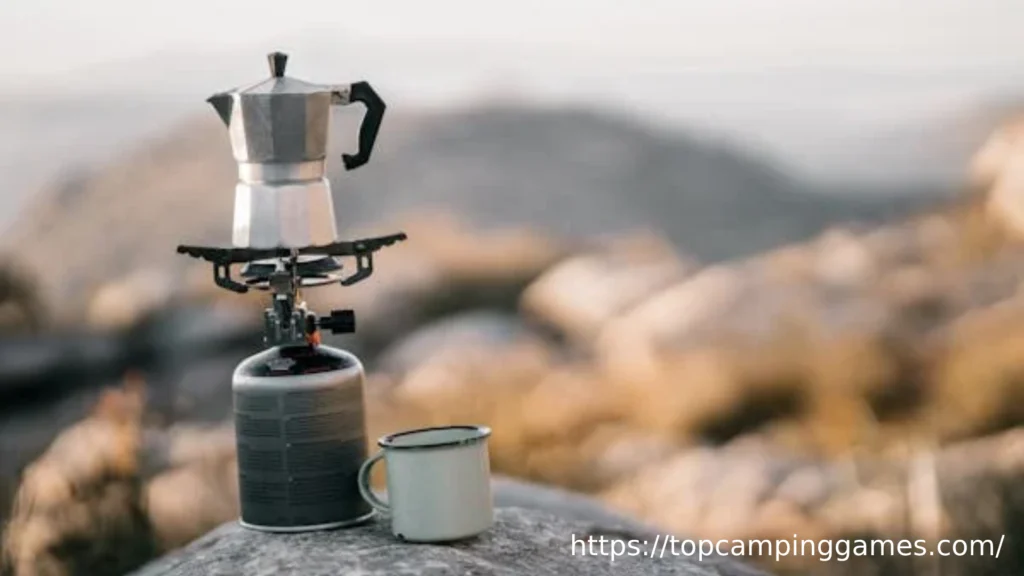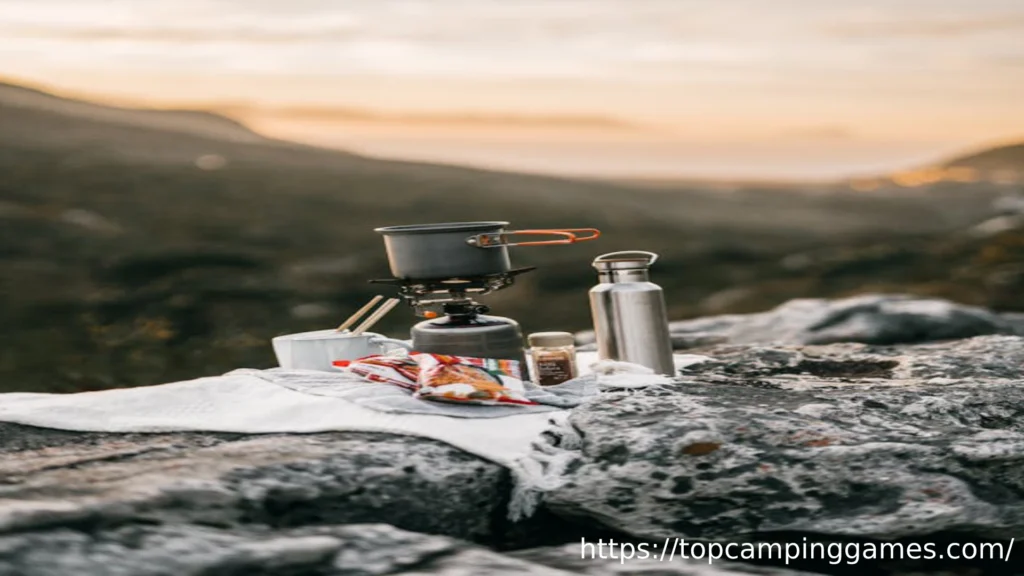Table of Contents
- Introduction to Minimalist Camping
- Benefits of Minimalist Camping
- How to Start Minimalist Camping
- Minimalist Camping Gear List
- Minimalist Camping Cooking Gear
- Minimalist Camping Tent Options
- Minimalist Car Camping
- Minimalist Glamping: Combining Comfort and Simplicity
- How to Simplify Camping with Kids
- Tips for Successful Minimalist Camping
- Conclusion
- Meta Title and Description
1. Introduction to Minimalist Camping
Minimalist camping is about focusing on the essentials and leaving non-essential items behind. Whether you’re backpacking through the wilderness or enjoying a weekend at a campsite, adopting a minimalist approach allows you to have a more relaxed, clutter-free camping experience. This guide will walk you through the basics of minimalist camping, including gear recommendations, how to simplify your setup, and tips for camping with kids while keeping things simple.
2. Benefits of Minimalist Camping
There are many reasons to adopt a minimalist approach to camping:
- Less gear, more freedom: Carrying fewer items means less hassle, lighter packing, and easier transportation.
- Lower costs: By focusing only on essential gear, you’ll spend less on unnecessary equipment.
- Less stress: Fewer items to manage means less to worry about, allowing you to focus on enjoying nature.
- Environmental benefits: Minimalist camping often results in a lower environmental footprint, with less waste and reduced energy consumption.
3. How to Start Minimalist Camping
If you’re new to minimalist camping, start by evaluating the gear you already own and consider which items are truly necessary for your next trip. The goal is to streamline your camping setup while ensuring you have everything you need for a safe and enjoyable experience.
Here are some initial steps:
- Prioritize needs over wants: Pack only the items that are essential for your comfort and safety, such as shelter, clothing, food, and water.
- Multi-functional gear: Choose gear that serves multiple purposes. For example, a bandana can be used as a towel, headband, or sun protection.
- Plan meals wisely: Choose simple meals that require minimal cooking equipment and preparation.

4. Minimalist Camping Gear List
Creating a streamlined gear list is key to minimalist camping. Here’s a basic checklist:
- Tent: A lightweight, compact tent or a tarp shelter.
- Sleeping bag: A three-season sleeping bag or quilt, depending on the climate.
- Sleeping pad: An inflatable or foam sleeping pad for comfort.
- Backpack: A backpack that is just big enough to carry the essentials.
- Clothing: Layered clothing suitable for the weather, focusing on moisture-wicking and quick-dry fabrics.
- Cooking gear: A small camping stove, one pot, and minimal utensils (see more in the next section).
- Water bottle and filter: A reusable bottle and a water purification system.
For a more detailed list, consider searching for a minimalist camping gear list tailored to your specific type of camping (e.g., backpacking or car camping).
5. Minimalist Camping Cooking Gear
Cooking while camping can often be the most complicated part of the experience. A minimalist approach focuses on simplicity and efficiency.
- Minimalist camping cooking gear:
- Small stove: A lightweight, single-burner stove or even a backpacking stove.
- One pot: Use one pot for all cooking needs, which reduces the number of utensils and cleaning supplies.
- Spork: A multi-functional spork (spoon and fork combination) replaces the need for multiple utensils.
- Simple meals: Choose easy-to-prepare meals that only require boiling water, such as freeze-dried meals, oatmeal, or pasta.
By focusing on easy-to-cook meals and reducing the amount of cookware you bring, you can simplify the process without sacrificing nourishment.
6. Minimalist Camping Tent Options
Choosing the right shelter is a crucial part of minimalist camping. The best minimalist camping tent will be lightweight, easy to set up, and provide adequate protection from the elements.
- Minimalist camping tent options:
- Ultralight tents: These tents are designed specifically for minimalist backpackers. They are compact and weigh less than standard tents.
- Tarp shelters: For experienced campers, a tarp can be an even lighter alternative to a tent, though it requires careful setup and knowledge of weather conditions.
- Hammocks: Some minimalist campers prefer hammocks with rain tarps as a lightweight alternative to tents, though they are best suited for warmer climates.

7. Minimalist Car Camping
Minimalist car camping combines the simplicity of minimalism with the convenience of car camping. Since you don’t have to carry your gear, you can still pack light while keeping the essentials handy.
Tips for minimalist car camping:
- Limit non-essentials: Just because you have a car doesn’t mean you need to overpack. Stick to the basics and avoid packing items that you won’t use.
- Use car storage smartly: Organize your gear in containers or bags that are easy to access and keep the car tidy.
Minimalist car camping allows you to experience the outdoors without feeling overwhelmed by excessive gear.
8. Minimalist Glamping: Combining Comfort and Simplicity
For those who want to embrace minimalism while maintaining some level of comfort, minimalist glamping can offer the perfect balance. Glamping is often associated with luxury, but you can take a more minimalist approach by focusing on comfort without excess.
- Essential glamping gear: Instead of bringing extravagant items, focus on the essentials that enhance comfort, such as a cozy sleeping bag, comfortable bedding, and a simple camp kitchen setup.
Minimalist glamping strips away unnecessary luxuries while still offering a comfortable outdoor experience.
9. How to Simplify Camping with Kids
Camping with kids doesn’t have to be overwhelming, even when taking a minimalist approach. Here are some tips for minimalist camping with kids:
- Pack multipurpose items: Look for gear that can be used for multiple activities, such as blankets that can double as play areas.
- Limit toys: Choose one or two outdoor toys that encourage imaginative play, such as a ball or nature exploration tools.
- Simple meals: Keep meal prep easy by opting for kid-friendly foods that don’t require much cooking, like sandwiches or pre-packaged snacks.
Minimalist camping with kids is about finding the balance between being prepared and not overpacking.
10. Tips for Successful Minimalist Camping
- Plan ahead: Knowing the weather conditions and campsite amenities can help you pack only what you need.
- Test your gear: Before your trip, test your gear at home to make sure it works well and that you know how to use it.
- Stay organized: Use packing cubes or bags to keep your gear organized and easy to find.
- Stay flexible: Minimalist camping is about adaptability. Be ready to adjust your plans based on weather or unexpected events.
11. Conclusion
Minimalist Camping is about embracing simplicity, reducing clutter, and focusing on the essentials. Whether you’re looking for a minimalist camping gear list, tips for minimalist car camping, or ways to simplify camping with kids, this guide provides you with the knowledge to start your minimalist camping journey. By packing light and staying organized, you can enjoy a stress-free and rewarding outdoor experience that connects you more deeply to nature.

